Analyze the development of foldable OLED screens and when will foldable OLED phones arrive
In recent years, the evolution of mobile phone screens has been widely recognized, especially in 2017. However, the design patterns of these screens have become quite similar across manufacturers. Factors like screen size, resolution, material, and aspect ratio no longer excite consumers as they once did. As a result, the industry is now looking for the next big breakthrough—foldable OLED technology. But what exactly is foldable OLED? How advanced is the current development? And when can we expect to see foldable OLED smartphones on the market? Let’s explore.
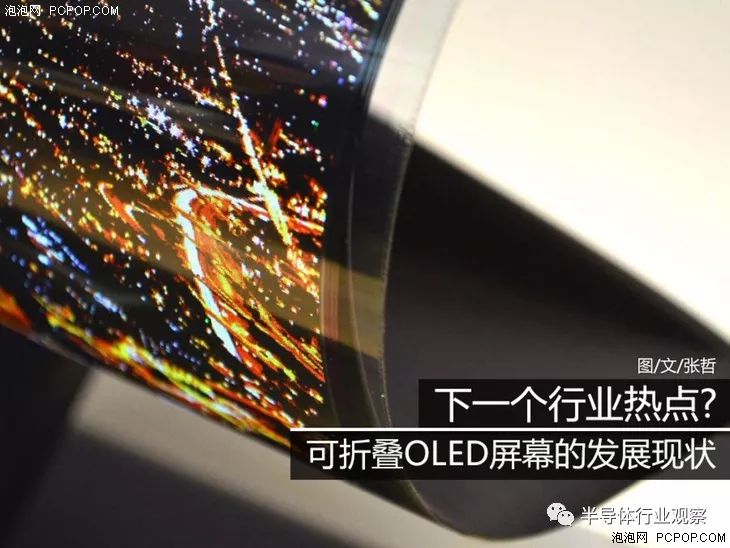
**Flexible OLED vs Foldable OLED**
Before diving into foldable OLEDs, it's important to understand the difference between "flexible OLED" and "foldable OLED." In technical terms, foldable OLEDs are a subset of flexible OLEDs. However, in commercial marketing, the two are often treated differently.
Flexible OLEDs refer to screens that can be bent during the manufacturing process but remain rigid after being completed. These screens may look curved or shaped differently, but they don’t actually flex after production. For example, the curved displays found on devices like the Samsung Galaxy S8 and Galaxy Note8 are considered flexible OLEDs, but they aren't truly foldable.
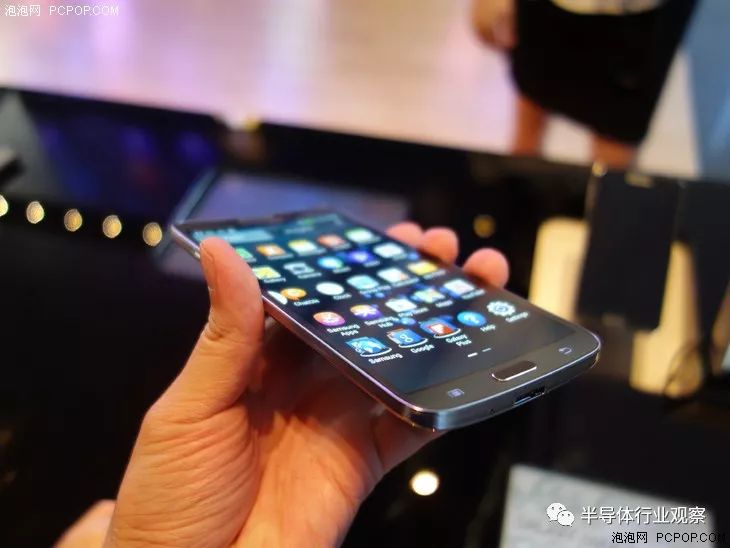
One notable exception is the LG G Flex, which could return to its original shape after being straightened. This made it one of the most flexible devices at the time. Despite this, it still wasn’t fully foldable in the modern sense.
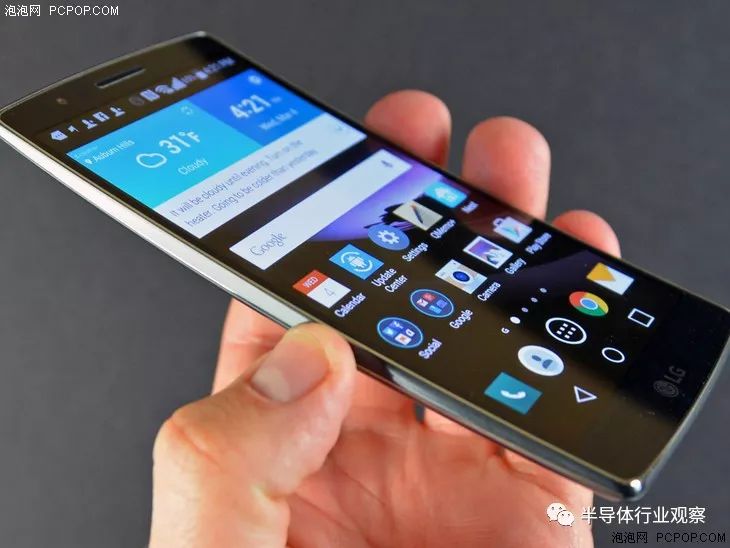
So, when we talk about "flexible OLED," we usually mean the type that can be bent like paper, not just shaped during production. This distinction is key to understanding the true potential of foldable technology.
**How Flexible OLED Works**
The flexibility of OLED screens comes from the materials used. Unlike traditional glass-based OLEDs, flexible OLEDs use plastic or metal substrates, making them more durable and lighter. These materials also allow for greater bendability without compromising image quality, brightness, or viewing angles.
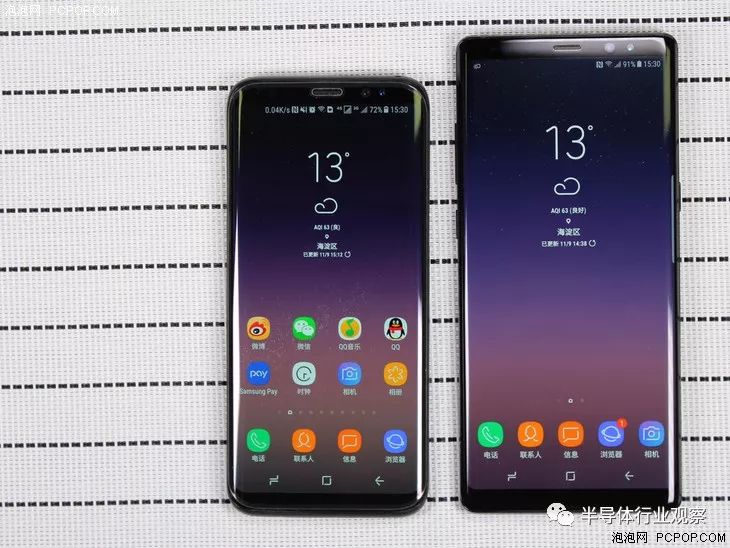
**Early Innovations in Flexible OLED**
Sony was one of the first companies to experiment with flexible OLED technology. In 2007, they unveiled a 2.5-inch flexible OLED screen with a resolution of 120 x 160 and a weight of just 1.5 grams. Though the base was still glass, it marked an early step toward true flexibility.
Two years later, Sony introduced a second prototype at CES 2009, followed by a rollable OLED display in 2010. This 4.1-inch screen could be rolled up and had a resolution of 432 x 240.
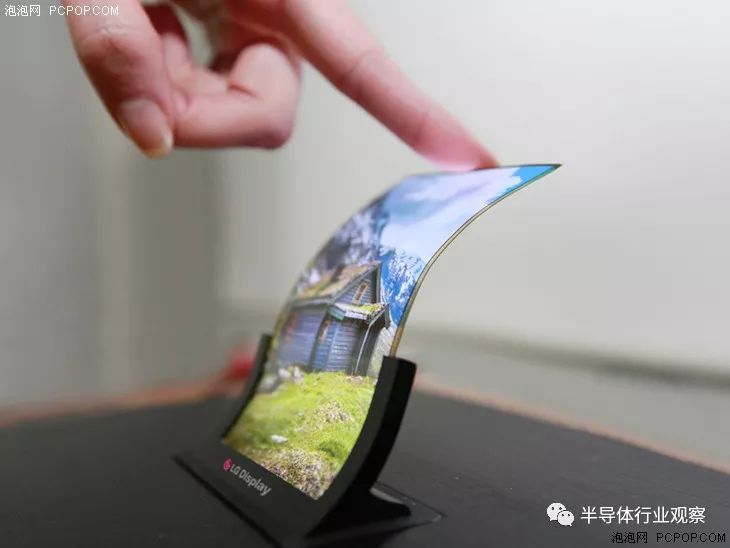
Samsung quickly caught up, showcasing a mobile-sized flexible OLED in 2011. The device used a plastic substrate, allowing it to be bent without losing performance.
LG also entered the scene, presenting an 18-inch flexible OLED at CES 2016. The screen could be rolled like a poster and was just 0.18 mm thick.
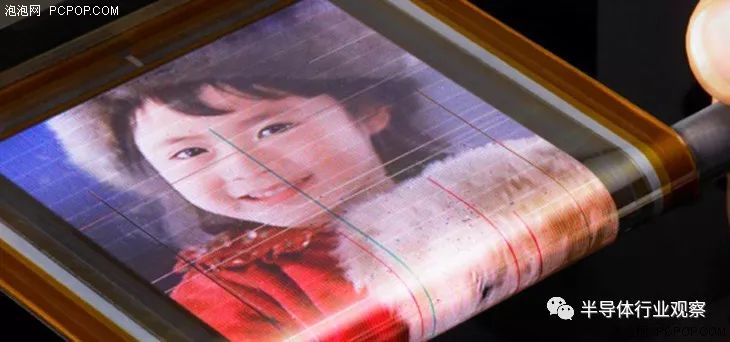
At CES 2018, LG demonstrated a 65-inch flexible OLED TV that could be rolled up like a scroll. This model was close to mass production and showed the growing maturity of the technology.
**Recent Developments and Future Outlook**
BOE (China's leading display manufacturer) has also made significant strides in flexible OLED technology. In October 2017, they launched their sixth-generation flexible AMOLED line in Chengdu and showcased various prototypes at the event.

While flexible OLEDs have been around for over a decade, the transition to foldable devices has taken longer than expected. However, the future is now. Samsung announced in its 2017 financial report that it planned to release a foldable OLED smartphone in 2018. If successful, this could mark a turning point in mobile technology.
With continued innovation and investment from major players like Samsung, LG, and BOE, foldable OLED phones are no longer a distant dream. They are becoming a reality—and could soon change the way we interact with our devices forever.
Optical Fiber Fusion Splicer,Water-Proof Fusion Splicer,Six Motors Fusion Splicer,Fusion Splicer For Trunk Project
Guangdong Tumtec Communication Technology Co., Ltd , https://www.gdtumtec.com